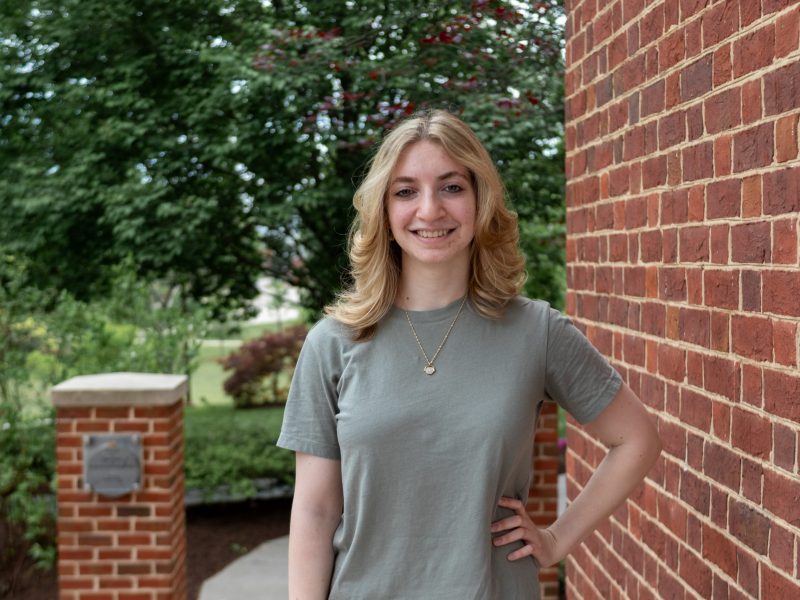By Gabrielle Ryan
For The Diamondback
Fans of theater came to The Clarice Performing Arts Center to see Stick Fly last week, a play created by Lydia Diamond in 2006. The performance was directed by KenYatta Rogers and presented by the theatre, dance and performance studies school. It featured conversations surrounding topics of race and class privilege.
The dramedy follows the LeVay family, a wealthy Black family vacationing at their Martha’s Vineyard summer home. As the family goes through difficult conversations, they find the language to communicate with one another and balance shifting power dynamics.
“Stick Fly is a play about the possibilities and pitfalls of intersectionality, especially with regards to Black families who sometimes can fall into the pitfall of assumptions of sameness of experience,” Rogers said.
Performer Ayanna Hill discussed the issues of intersectionality, unclaimed family and the importance of performing plays such as Stick Fly to explore “humans being humans.”
Hill, a senior theatre major, played Taylor, a 27-year-old entomologist who studies flies.
“The title is a reference to Taylor’s profession as an entomologist at its simplest form, but in the broader sense of the themes, it kind of centers her experiences and perspectives and eventually how they tie into Cheryl’s experiences and perspectives,” Hill said.
Kennedy Tolson, a junior communication and theatre major, played Cheryl, an 18-year-old newly graduated from high school taking on the summer workload as a maid — a position her mother had typically fulfilled for the LeVay household.
Cheryl was like an unofficial family member in the LeVay household growing up, alongside the other LeVay children, Kent and Flip. But with her mother sick, she was tasked with fulfilling her mother’s position in the Martha’s Vineyard home.
[School of Music faculty perform pieces celebrating Jewish culture and history]
Hill said Taylor and Cheryl continuously “bump heads in terms of misconstruing what class is for both of them because they don’t have wealth access for reasons that either directly are or adjacent to nepotism, specifically, as a consequence of their father’s actions.”
Hill explored the ways in which Taylor’s character wanted to be loved and “treated in fullness of a child.”
The “dynamic” ways of using projections can convey this type of internal dialogue, projection designer Zavier Augustus Lee Taylor, a projection designer graduate student, said. One of the projections in the play was the painting “The Family (Around the Dining Table)” by Romare Bearden with the actors’ faces.
Taylor’s character felt like “home” for Hill — they were able to discover the vulnerabilities of confronting Taylor’s ability to have a relationship with her dad. But Taylor’s father ultimately decided he wanted to start a new family who he was willing to be a parent for and claim.
“Each artist needs to find the levels within the character that either align with the levels within themselves, or that they’re discovering about another person’s perspective and that person being a character,” Rogers said. “The artist’s job is to defend the character … much like a lawyer in a courtroom.”
Hill said Cheryl and Taylor have two layers of distance between them and white patriarchy and are the only two people willing to be understanding of one another’s perspective in the end.
[Award winning composer Clarice Assad premieres original piece ‘World of Change’]
“Cheryl and Taylor are two Black women, and then everyone else is a Black man [or a] white woman. So that brings particular attention to that question of intersectionality,” they added.
Rogers said Taylor and Cheryl’s tension was a consistent situation that displayed what happens when people don’t see eye-to-eye.
“[Stick Fly] in being a dramedy … not only does it give air to approaching these topics but in doing that give you the space to sit down and ask these questions in the hardest way,” Hill said. “Exploring modern humanity and the things that people deal with in that is still incredibly valuable, not only for students but for audiences.”



